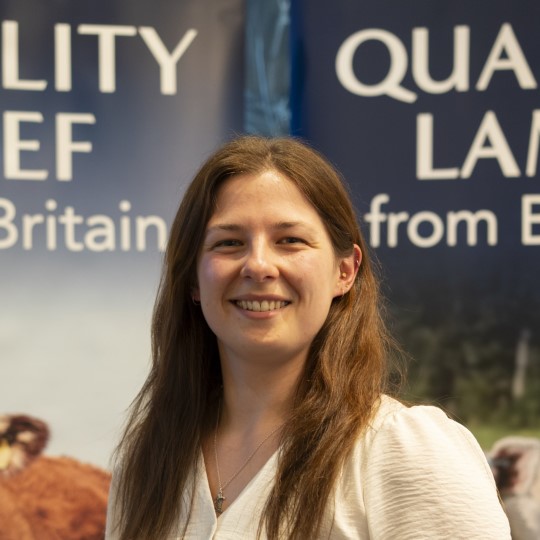Weekly cattle & sheep market wrap - 02 May 2024
Thursday, 2 May 2024
Key points
Prices for week ending 27 April
- Deadweight prime cattle prices generally held in the latest week, while average cow prices continued to nudge upwards.
- Cattle prices supported by steady-to-lower supplies and robust interest for BBQ related items ahead of warmer weather.
- The GB deadweight old season lamb SQQ dipped in the latest week. Weekly supply continued to reduce, with reports pointing to cooling in export trade and more mixed quality of lambs forward.
Cattle
GB deadweight prime cattle prices generally held in the week ending 27 April, as slaughter rates were largely stable. The overall steer price stood-on at an average of 487.4p/kg, while the overall GB heifer average lost a fraction, down 0.1p to 484.4p/kg. Young bulls showed more movement overall, up 1.8p to average 473.3p/kg.
Meanwhile, the overall cow measure continued to edge upwards as supplies reduced, averaging 358.5p/kg (+1.4p on the week). The measure remained below year-ago levels (-25p) but was largely in-line with the same week in 2022.
Regionally, Northern averages rose across all prime categories, despite slaughter rates increasing. Meanwhile, Central prime average prices eased across the board. Southern and Scottish prices were mixed. For cows, the opposite trends were seen among Central and Northern average prices.
Overall estimated prime cattle slaughter was largely stable on the week at 34,700 head (+100 head). Meanwhile, cow slaughter showed notable decline, down 1,000 head (-10%) on the week.
From a demand perspective, wholesale market reports suggest that demand for BBQ-type items including processing product and steaks are positive. Indeed, Kantar retail data up to the 14 April shows positive movements in demand for such products. Across the water, European and Irish cattle prices have been relatively stable over recent weeks. Irish cattle slaughter has been easing for the past few weeks but remains above 2023 levels for the year-to-date. Increase cow slaughter has been a key driver.
Sheep
GB deadweight lamb prices edged lower in the week ending 27 April, despite kill levels continuing to reduce. The GB old season lamb SQQ was back 11p to average 849.6p/kg, up 195p year-on-year.
Lamb slaughter fell 8% from the previous week to an estimated 142,900 head, significantly lower than a year ago (back around 30%). The lower hogget supply has added underlying support to prices generally. Recent reports suggest quality is becoming more mixed as the hogget supply draws to a close. Equally, many will have taken advantage of some pockets of kinder weather of late to prioritise fieldwork, potentially keeping some lambs away.
On the demand front, positive moves in lamb sales through retail have been recorded in recent months, helped by a strong period for religious festivals including Easter and Ramadan. Leg roasting joints saw notable uplift in volumes during the 12 weeks to 14 April (Kantar), supported by strong promotional activity. We will be producing more detailed analysis of sales of red meat and dairy during the Easter period in the coming weeks.
Elsewhere, export prices remain firm historically, but more recent reports point to a slight softening in the export trade this week. French wholesale prices out of Rungis market eased slightly in the middle of the week. However, the supply situation also remains lower among key European producing nations, keeping support underneath prices generally. In addition, the Muslim festival of Eid-al-Adha is predicted to be on the 16th June, a key period for sheep meat consumption, which may also spur some procurement for Qurbani.


